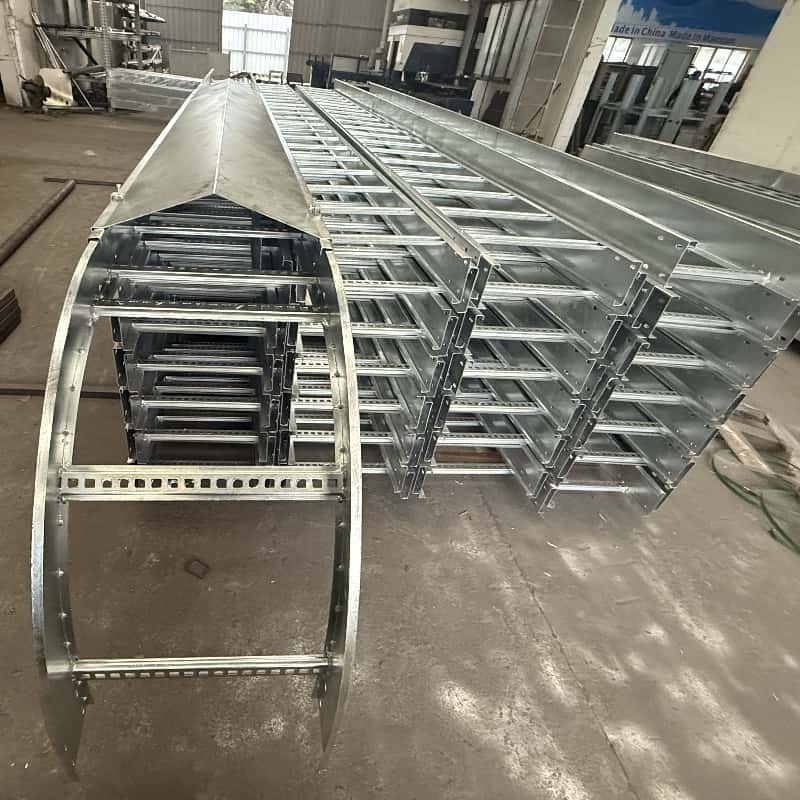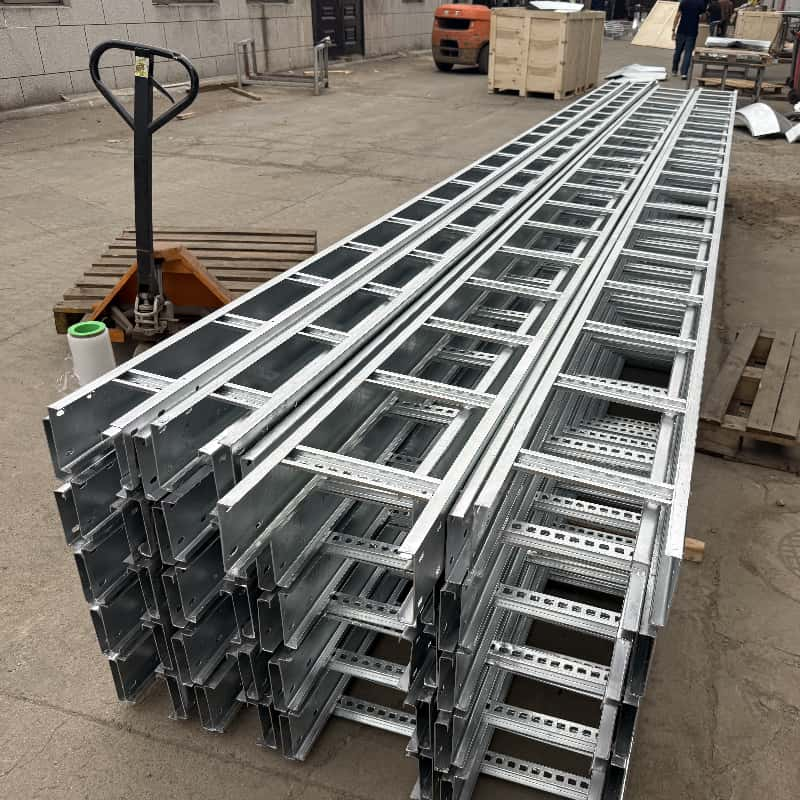In the world of electrical engineering and installation, it is vital to understand the components that ensure safety and efficiency. Among these components, NEMA cables and NEMA cable trays play an important role. This article will explore what NEMA cables are and the importance of NEMA cable trays in their installation and management.
NEMA stands for the National Electrical Manufacturers Association (NEMA), which is responsible for setting standards for electrical equipment in the United States. NEMA cables are designed to meet specific performance and safety standards set by the association. These cables are commonly used in a variety of applications, including industrial, commercial, and residential settings.
NEMA cables are characterized by their rugged construction and typically contain multiple conductors insulated with durable materials. They are designed to withstand harsh environmental conditions and are ideal for outdoor use or in areas where exposure to moisture, chemicals, or extreme temperatures is a concern. Common NEMA cable types include NEMA 1, NEMA 5, and NEMA 6, each designed for different voltage and environmental requirements.
When installing NEMA cables, it is critical to use NEMA cable trays. Cable trays are a support system that provides a pathway for cables, keeping them organized, secure, and easily maintainable. NEMA cable trays are designed to meet the unique requirements of NEMA cables, ensuring safety standards are met and efficient cable management is achieved.
NEMA cable trays come in a variety of materials, including steel, aluminum, and fiberglass, each of which offers different benefits depending on the application. For example, steel trays are known for their strength and durability, making them ideal for heavy-duty applications, while aluminum trays are lightweight and corrosion-resistant, making them suitable for environments where moisture is a concern.
Benefits of using NEMA cable tray
1. **Organization**: NEMA cable trays help keep cables organized, reducing the risk of tangling and damage. This type of organization is critical in complex installations with multiple cables.
2. **Protection**: By providing a physical barrier, cable trays protect NEMA cables from environmental hazards, mechanical damage, and accidental contact that could cause electrical failures or safety hazards.
3. **Easy to maintain**: Cables are neatly arranged in trays, making maintenance and troubleshooting easier. Technicians can quickly identify and work on specific cables without having to fumble through the clutter.
4. **Compliance**: Using NEMA cable tray ensures that the installation complies with local and national electrical codes, which often require specific cable management practices to enhance safety.
5. **Flexibility**: NEMA cable trays can be easily modified or expanded as facility needs change. This adaptability is especially important in industrial environments where equipment and layouts change frequently.
NEMA cables and NEMA cable trays are an integral part of modern electrical installations. NEMA cables provide the necessary power and connectivity while adhering to strict safety standards. Meanwhile, NEMA cable trays provide a reliable solution for organizing and protecting these cables, ensuring regulatory compliance, and facilitating maintenance. Understanding the relationship between these two elements is critical for anyone involved in electrical engineering, installation, or maintenance, as it helps improve the overall safety and efficiency of electrical systems.
→ For all products,services and up to date information,please contact us.
Post time: May-08-2025


